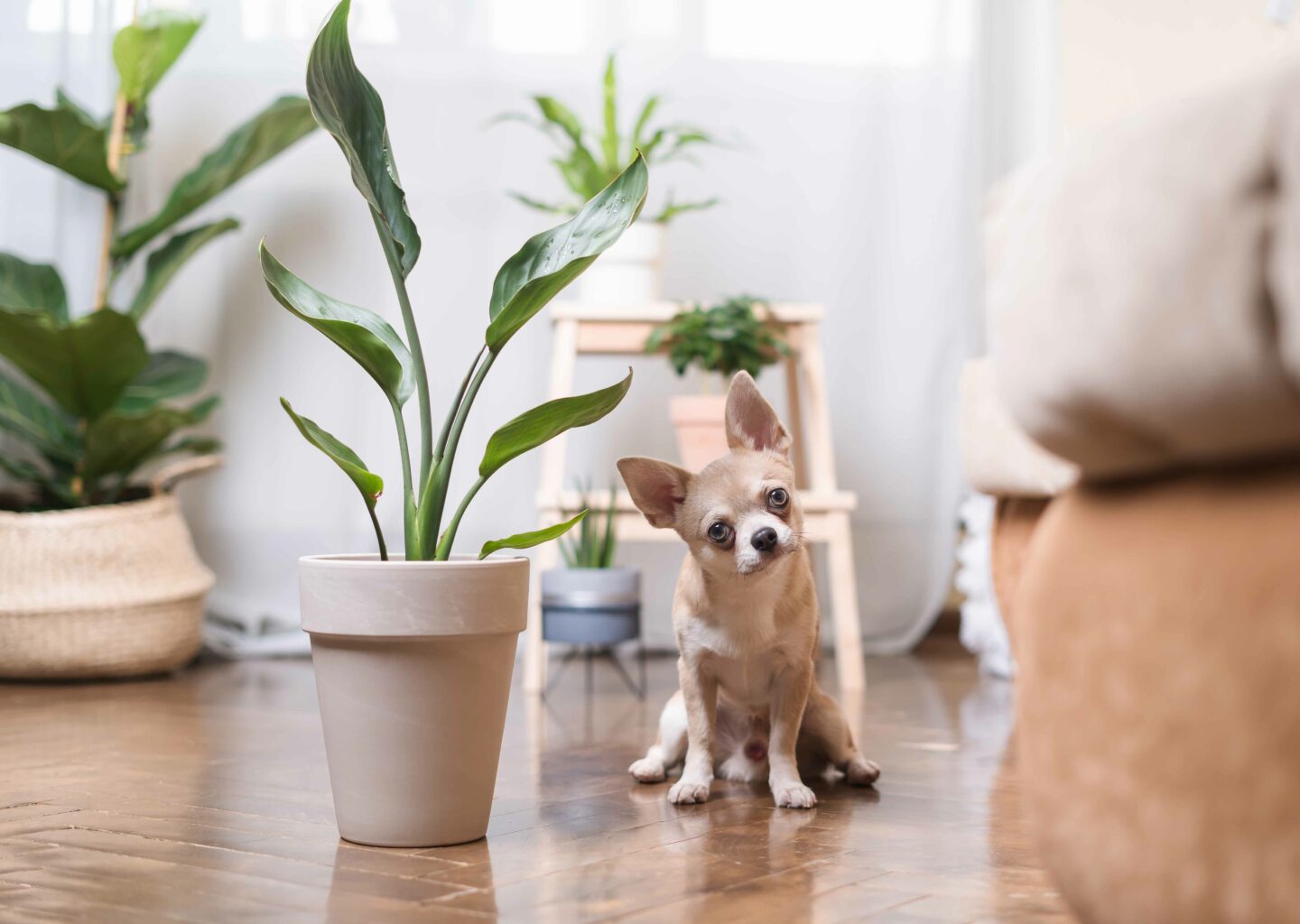By Vicki Spencer, Master Gardener
It’s a good thing I don’t have pets. Just about every plant inside my house is on the Animal Poison Control Center list of plants toxic to pets. Even though I don’t have to worry about toxicity now, that wasn’t always the case.
As a child, I constantly adopted strays dumped in the open fields surrounding our house. My mother was patient with my menagerie until my pet turtle escaped its bowl. Mom went on a cleaning rampage, but it was a month before she found my turtle in the back of my junk drawer. The escape was fatal to my turtle and convinced my mother it would be better to buy me a fully vaccinated puppy in exchange for a promise to stop bringing strays home.
We kept Frosty the puppy outside and, unaware of the dangers of toxic plants, we worried more about cold winters. My father built a luxurious doghouse complete with heat, lights and windows. Fortunately, Frosty lived a long life frolicking in the grass and steering clear of thorny rosebush gardens.
Years later, my daughter also enjoyed adopting strays. That’s when I became more aware of toxic plants. With an estimated 67% of families who have cats and dogs in their households, veterinarians have become vigilant to warn people about plants that could cause serious health problems in their pets.
If you want to learn more about which plants are safe to keep in your house and garden and which to avoid, the American Society for the Prevention of Cruelty to Animals publishes an extensive list of nontoxic and toxic plants. My potentially toxic plants include several African violets, dieffenbachia, kalanchoe, peace lilies and philodendron. The peace lilies contain oxalate crystals that could cause mouth irritation and excessive drooling. The leaves and petals of Easter lilies could cause kidney failure and be fatal to cats. Kalanchoe, when ingested, could cause mouth and throat irritation, vomiting, diarrhea and heart arrhythmias.
My outdoor garden could pose an even greater hazard to animals. It includes American holly, azalea, bachelor buttons, bleeding heart, boxwood, burning bush, calla lily, cardinal flower, carnations, chrysanthemum, crocus, cyclamen, larkspur, lily of the valley, rhododendron, rhubarb and tulips. Tulip bulbs are especially toxic to dogs — you’ll want to keep them from digging in garden beds.
Interestingly, some herbs and vegetables also have the potential to be toxic to pets. Thankfully, my basil and beets are grown in raised beds elevated above the level of most dogs. Screens intended to keep rabbits and squirrels out also keep cats away.
Ingesting any plant could cause pets to vomit or experience gastrointestinal upset, but if your pet ingests a poisonous plant, contact your veterinarian or the Animal Poison Control Center’s 24-hour emergency poison hotline at 1-888-426-4435.
Knowing of the potential dangers, I’ve decided to take precautions. If someone visits with a pet, I’ll place toxic plants on shelves out of their pet’s reach or move plants behind closed doors.
Visit the ASPCA website for an extensive list of toxic and non-toxic plants.
Master Gardener Vicki Spencer has an eclectic background in conservation, water, natural resources and more.

